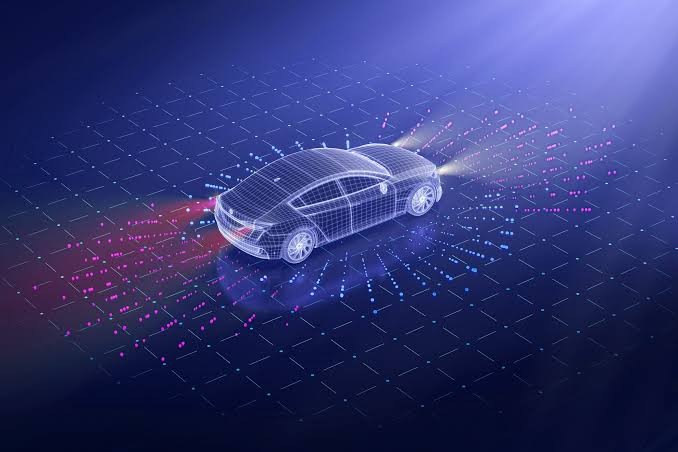In the rapidly advancing world of automotive technology, autonomous cars have emerged as a revolutionary concept, promising safer and more efficient transportation.
The seamless operation of self-driving vehicles relies on a sophisticated fusion of sensors, artificial intelligence (AI), and an array of self-driving features. In this article, we delve deep into the intricate web of technologies that power autonomous cars, shedding light on lesser-known aspects that drive their functionality.
Sensors: The Eyes and Ears of Autonomous Cars
At the core of every self-driving vehicle are an array of sensors that replicate human senses, enabling the car to perceive its surroundings. These sensors include LiDAR (Light Detection and Ranging), radar, cameras, and ultrasonic sensors. LiDAR uses laser pulses to create a detailed 3D map of the environment, providing a precise view of obstacles and road conditions.
Radar systems help detect objects, even in adverse weather conditions, by emitting radio waves and measuring their reflections. Cameras capture visual information, interpreting traffic signs, lane markings, and the behavior of other road users. Ultrasonic sensors aid in proximity detection and parking maneuvers.
Artificial Intelligence (AI): The Brain of Autonomous Cars
The true intelligence of autonomous vehicles lies in their AI systems. These complex algorithms process the enormous amounts of data collected by sensors and make real-time decisions based on that data. Machine learning and deep neural networks enable the AI to recognize and predict patterns in driving behavior, pedestrian movements, and environmental changes. As the car gathers more experience on the road, its AI becomes increasingly proficient at navigating complex situations, making it safer for passengers and pedestrians alike.
Self-Driving Features: From Convenience to Safety
Beyond just steering and accelerating, self-driving features encompass a spectrum of capabilities that vary across different levels of autonomy. Adaptive cruise control maintains a safe following distance by adjusting speed based on traffic flow. Lane departure warning and lane-keeping assist systems prevent unintentional lane drifting. Advanced self-parking capabilities allow cars to park themselves in tight spots without driver intervention. These features collectively pave the way for fully autonomous driving, where the vehicle takes over all aspects of driving, even in complex urban environments.
Challenges and Future Directions
While autonomous technology has made tremendous strides, challenges remain. Self-driving cars must grapple with ethical decisions in emergencies and navigate uncertain situations. Interacting seamlessly with human-driven vehicles poses another challenge, requiring a harmonious blend of AI prediction and human intuition.
In the near future, we can expect to witness further advancements in sensor technology, enabling more precise perception and reducing costs. AI algorithms will continue to evolve, enhancing decision-making capabilities and ensuring safer journeys. The collaboration between automakers, regulators, and tech companies will shape the legal and infrastructure framework needed for widespread autonomous adoption.
Lesser-Known Insights
- Redundancy for Safety: Autonomous cars feature redundant sensor systems to ensure safety. If one sensor fails, others can compensate, preventing accidents.
- HD Mapping: High-definition mapping is critical for precise navigation. These maps include details like lane markings, curbs, and even potholes, enhancing the vehicle's awareness.
- V2X Communication: Vehicle-to-Everything (V2X) communication allows cars to exchange data with other vehicles, infrastructure, and pedestrians, enhancing awareness and coordination.
- Ethical Decision-Making: AI in self-driving cars faces ethical dilemmas, such as how to prioritize occupants' safety versus pedestrians'. Engineers are working to embed ethical considerations into AI decision-making.
- Security Concerns: As autonomous cars become more connected, cybersecurity becomes paramount. Protecting against hacking and ensuring data privacy are constant challenges.
In conclusion, the journey toward fully autonomous cars is an intricate interplay of sensors, AI, and cutting-edge features. As these technologies evolve and integrate further, we're on the cusp of a transportation revolution that has the potential to reshape our roadways and redefine mobility as we know it.

Comments (0)
Please login to join the discussion
Be the first to comment on this article!
Share your thoughts and start the discussion